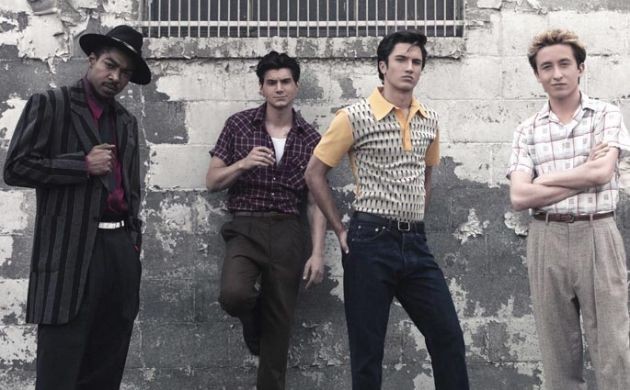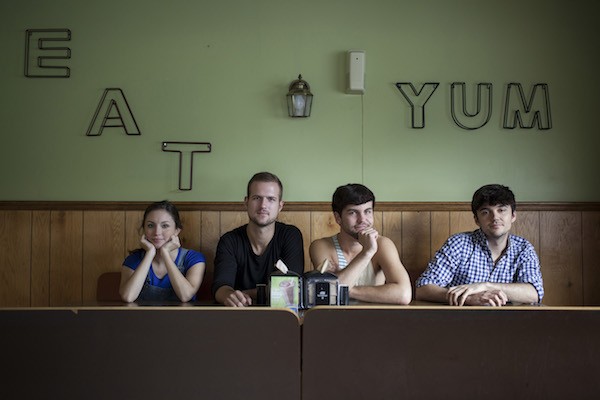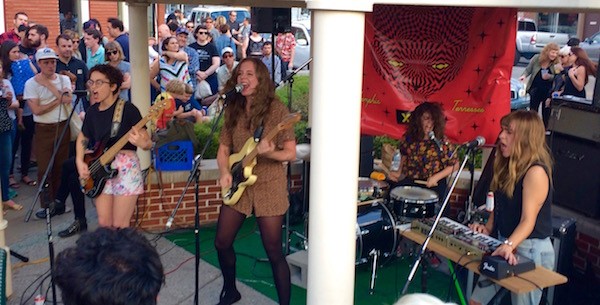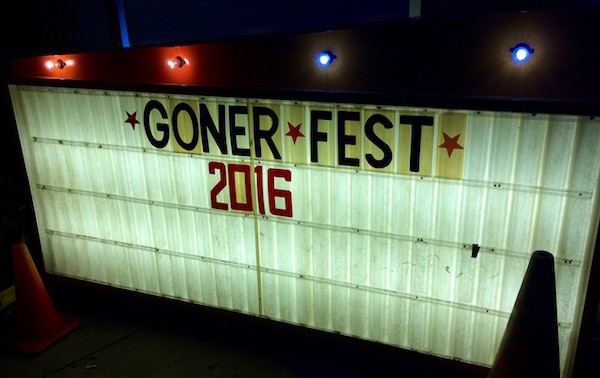Valerie June announced her return with “Shakedown,” a hill-country drone textured with keys and handclaps over a minimal, driving beat. The song stays coiled like a spring until the bridge, where the band cuts loose for a few wailing bars before settling back into the swing.
The Valerie June who is sporting glamorous polka dot slacks and a gold, low-slung electric guitar is very different from the woman who, only a few short years ago, was strumming an acoustic and singing her tunes in Midtown’s Java Cabana. But she says the songs she sings on her new album, The Order of Time, have their roots in the Bluff City. “I wrote the songs over the course of 10 or 12 years. Some when I was living in Memphis, some when I was on the road, some when I was in Brooklyn, and some when I was off in different places. That was about a decade of my life. It all takes time.”

Valerie June
Her songs emerge intuitively, bubbling up from her subconscious. “Normally, I just write by hanging out and being around. As I’m living my life, I hear voices. The voices come and they sing me the songs, and I sing you the songs. I sing what I hear.”
“Astral Plane” highlights a new confidence in her voice, which ranges from thin and ethereal to a soaring mezzo-soprano. She says during the six-month recording process for The Order of Time, which ranged from Vermont to Brooklyn to her parents’ living room in Humboldt, Tennessee, she found her footing as a bandleader.
“I had a lot more confidence in the studio than I did with Pushing Against a Stone. That was my first record, so I was still in a place of learning what being in the studio was really supposed to be like. I learned from some pros. So by the time I hit the studio this time, I was like ‘Yeah! I’m ready! Let’s go! I’m going to express myself, say what’s on my mind, dance, and have fun.’ Before I was more quiet and reserved. So it’s two very different approaches.
“On this record, you hear the musicians learning how I speak. I don’t read or write music, so I just have to tell them in colors and feelings and ideas, kind of getting them in the places where they can really absorb the songs. When I get the songs, I go to places. They take me places. I wrote my favorite songs in Memphis, and some of them are on this record. Some of them were in dream states, some were in waking states. These are beautiful places where the songs take me, and I have to take the musicians there with me in order to be able to get them to feel it so much that they can work with me.”
Valerie June recently kicked off a year on the road with sold-out shows in London and Paris, but the excitement of the new record is tempered with loss. On the same day, she lost both her father, music promoter Emerson Hockett (“He was amazing. He was so good, and he encouraged me all the time. He would run down to Memphis just to be with me.”) and one of her musical mentors, soul legend Sharon Jones. “It’s been a lot of loss in the last couple of months.”
On Friday, Feb. 17th, Valerie June will return to Memphis with a show at the Hi-Tone. “Please just tell Memphis that I love them. I love them very much, and I wouldn’t be who I am and where I am today without Memphis.”





 Breezy Lucia
Breezy Lucia  Breezy Lucia
Breezy Lucia 











